Introducing Android Q
As an Android app development company we’re very excited that Android Q is now just a few weeks away. And even though we still don’t know what its desert-inspired name will be, we already know the key features which will benefit our users and enhance our apps. I’ve been digging into every Android Q Beta release since March including Beta 6 released earlier this week. I’ve been experimenting with the new features in the apps I’m building. Here are the highlights.
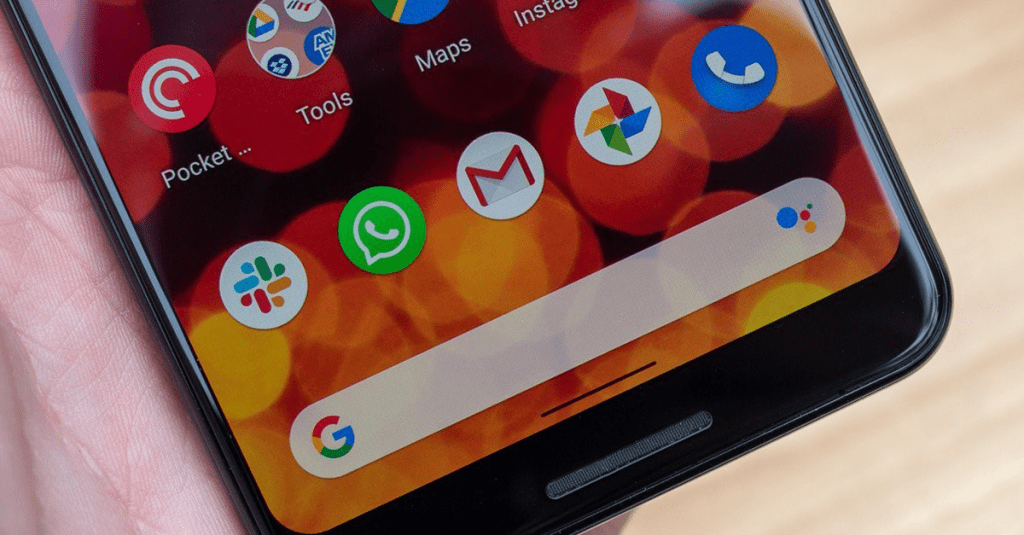
Security
Closing the privacy loopholes.
Google’s giving users more control and transparency over how their information is being collected and used by apps. It’s also closing loopholes and workarounds that let apps track users through their IMEI, serial number and MAC address. 1,300 apps on the US Google Play Store routinely scrape personal data from users, even if users have denied them access through the permissions settings.
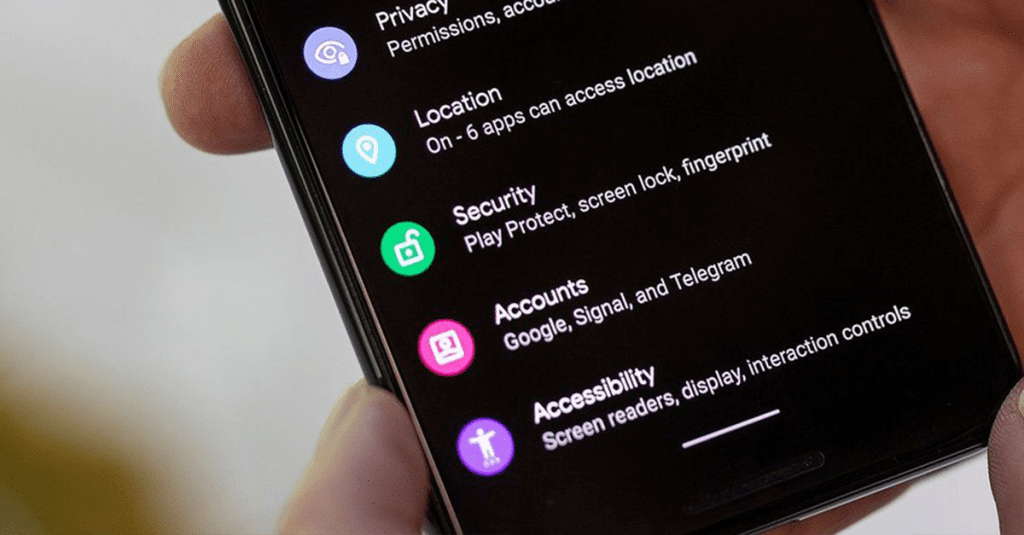
One of the ways Google is combating this is through Scoped Storage, which will let users control app access to their external storage. This will better protect users from being identified, by restricting app access to non-resettable device identifiers, such as a phone’s serial number and IMEI. And it also has the added bonus of improving user’s battery life through restricting apps background activities, so it’s a win-win.
Biometric authorisations
Biometric authorisations have also seen some big improvements in Android Q. It’s easier to use your fingerprint, iris or face to unlock your phone or authorise a purchase. But what’s really interesting is that these biometric authorisations can also be used inside apps. And if that hasn’t got you excited, it should do! Because these biometric authorisations will replace username and password logins. Which will mean easier more secure ways to sign into apps. But also, more importantly, it’ll mean you won’t be stuck trying to remember your user name and password ever again. If you’re anything like me, that’s a really big deal.
Accessibility
Dark theme
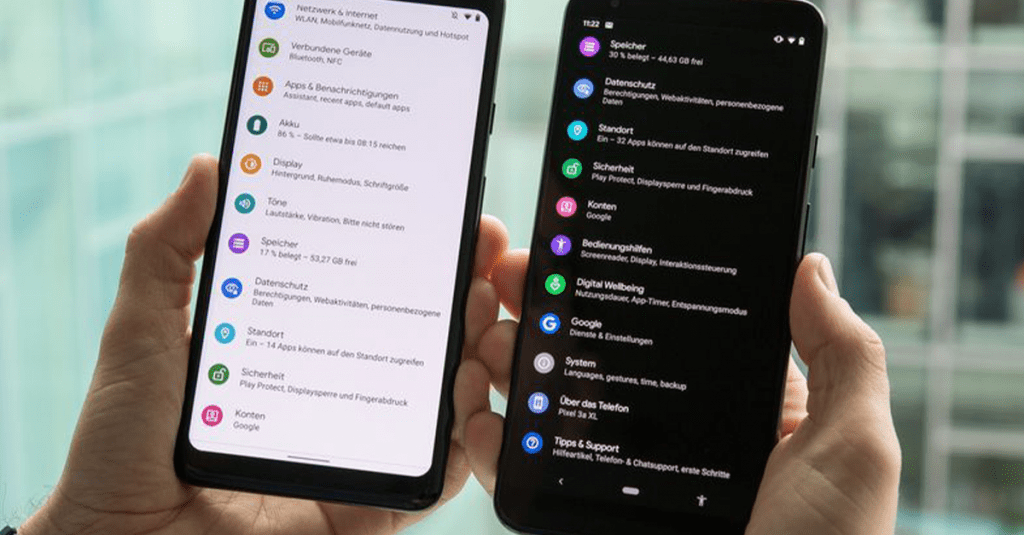
Hooray! After years of waiting, Google has finally confirmed that Android Q will have a system-wide dark theme. But this is about more than just an aesthetic design change. It’s set to help reduce the strain on your battery as well as your eyes. And when users selected power saving mode the system will automatically switch to dark theme to save power. Google has also created a new API that developers can use to have their apps go into dark theme when the system-wide dark theme is turned on. And what’s even better is that, dark theme will not only be able to help users who are visually impaired.
Gestures – No more back button
The back button, a navigation staple of Android UI, is officially ending with Android Q. Instead Android Q is bringing an edge swipe navigation gesture to the platform. And that’s a pretty big shift for Android navigation.
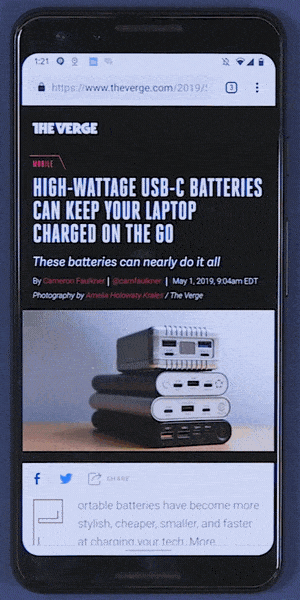
From my perspective, however, it’s fascinating to see how they’re going to improve the gesture navigation. In removing the back button, developers will need to build apps in a way that can achieve complete navigation just through gestures and UI. Looking forward, we’ll also be able to make unique gestures specific to certain apps.
Slice
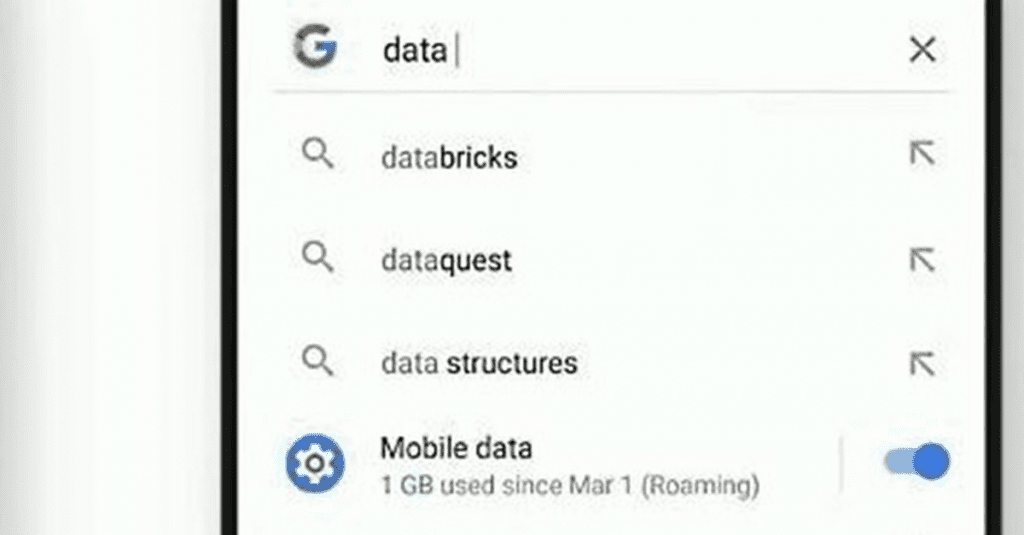
Slice might be a small update, but it’s set to make a big difference to how users interact with apps. Although Slice is not a new feature, having been released last year in Android Pie, it did receive some significant upgrades with Android Q. We can now show important system settings within apps. This is good news for users, who will now be able to toggle device settings within their apps rather than having to switch over to settings. This will allow us to create more seamless app experiences.
Live captioning
One of the biggest features to come out of Android Q is video and audio captioning. In 2009, Google added automatic captions to videos on YouTube. It’s been working with the deaf community to bring the service to Android.
With a single tap, Live Caption will automatically caption media on your phone. Closed captions are crucial for deaf and hard-of-hearing people to understand what’s being said in a video, podcast, game, or any other form of media where words are spoken.

But it’s not just for those hard-of-hearing. It’s also useful for anyone who’s in a situation where they would prefer not to play sound. Live Captioning doesn’t require an internet connection. So someone on a phone call can type talk without ever speaking.
Smarter Apps
Thermal API
Thermal APIs may not have received as much news coverage as other features. But they’re still the feature I’m most excited about. Devices that become too warm can throttle the CPU and this can affect apps in unexpected ways. Apps that use complex graphics, heavy consumption, or sustained network activity are more likely to run into issues when this happens.
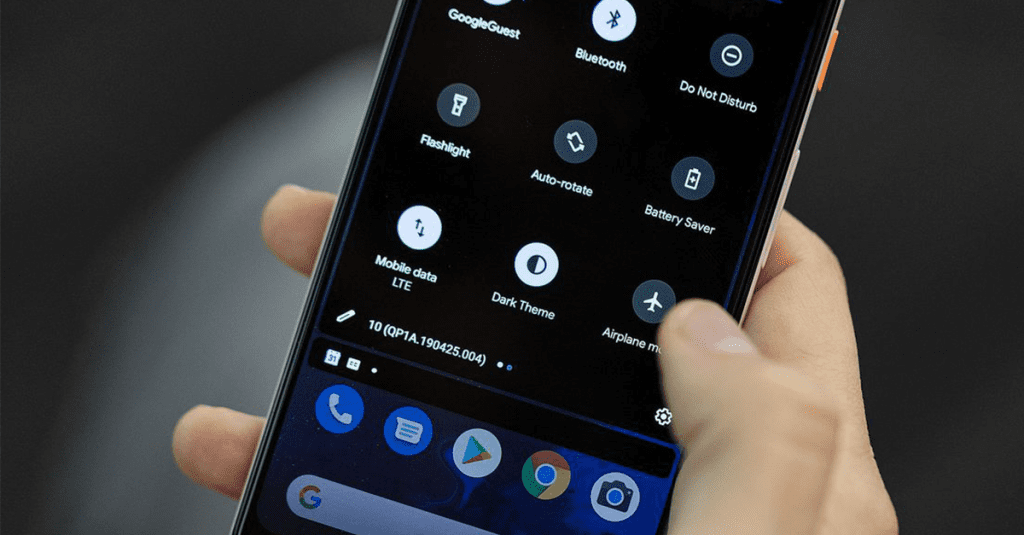
Thermal APIs monitor temperature changes on devices and take action to maintain lower power usage to restore normal temperature when devices become too hot. Apps will be able to register a listener in PowerManager, to monitor the ongoing thermal status of devices. When a device reports thermal stress, apps can help by backing off ongoing activities to reduce power usage. Streaming apps will be able to reduce resolution or network traffic, while camera apps could disable flash or intensive image enhancement, a gaming app could reduce frame rate or polygon tesselation, a media app could reduce speaker volume, and a maps app could turn off the GPS until the device returns to a safe temperature and improve performance.
‘Bubbles’
Are you familiar with the Chat Heads or floating profile pictures used by Facebook Messenger? If not don’t worry because you soon will be. Bubbles in Android Q work just like Chat Heads. They display small circular, floating alerts on top of whatever you’re doing. Making it easy to keep an active conversation on-screen. Letting you go about other tasks, and giving you a great way to multitask.
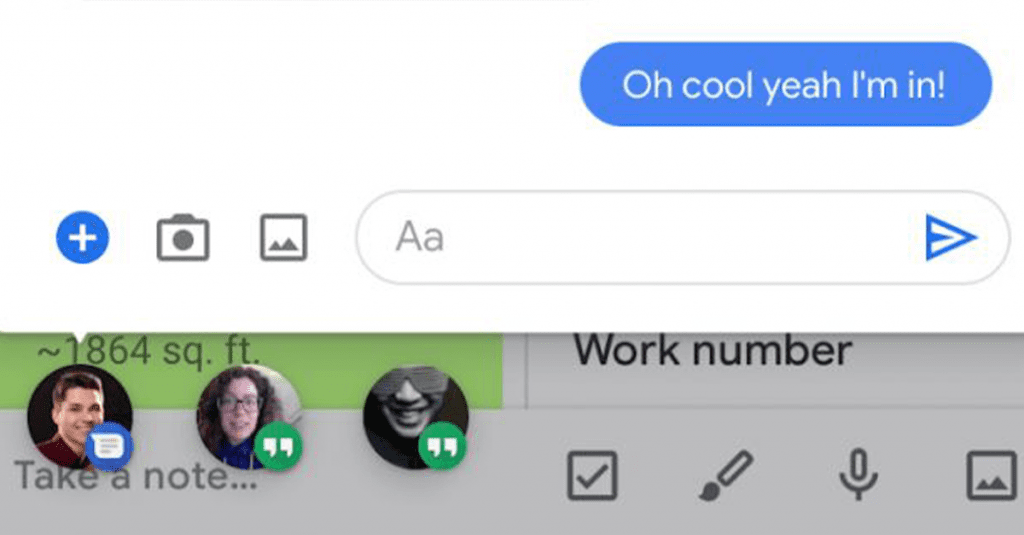
So what does all this mean? Android Q will let us build smarter, more secure apps that are more accessible. For more information about any of the topics raised in this article, please get in touch. And if you’re on the lookout for more Android content have at some of our related content.